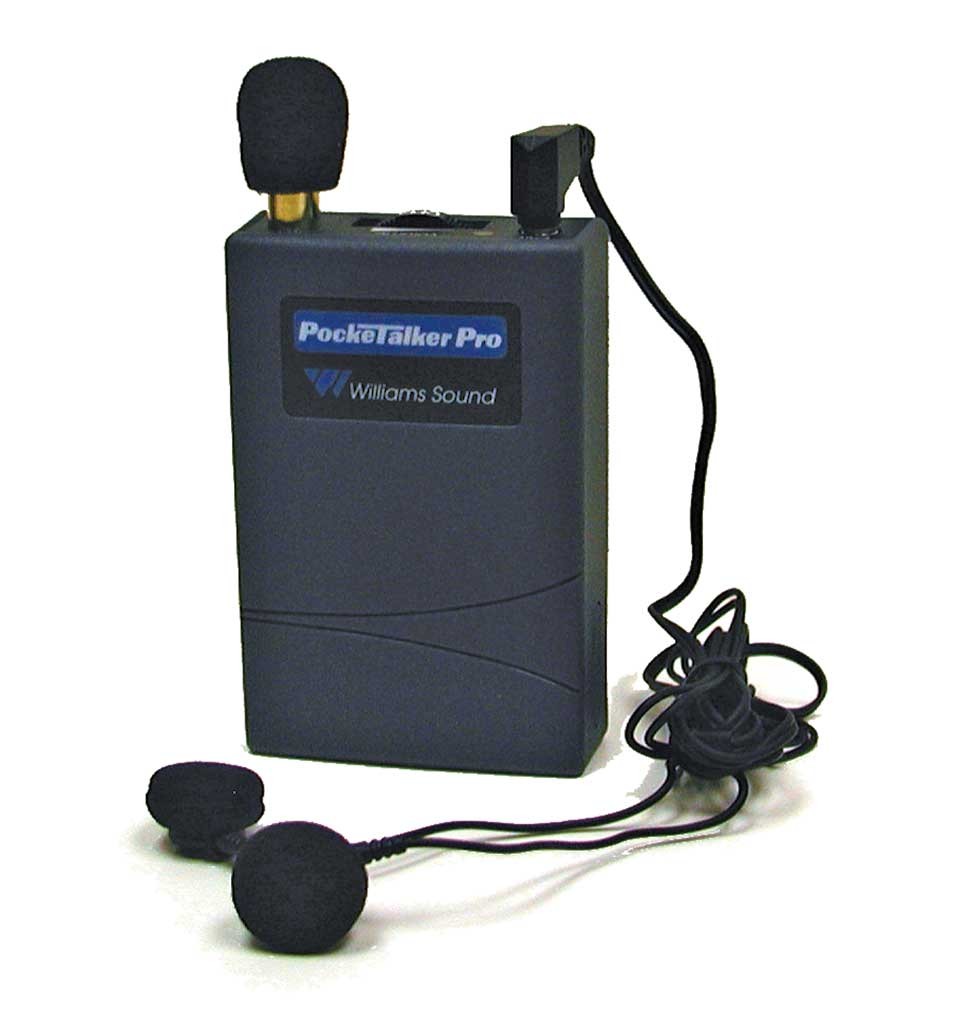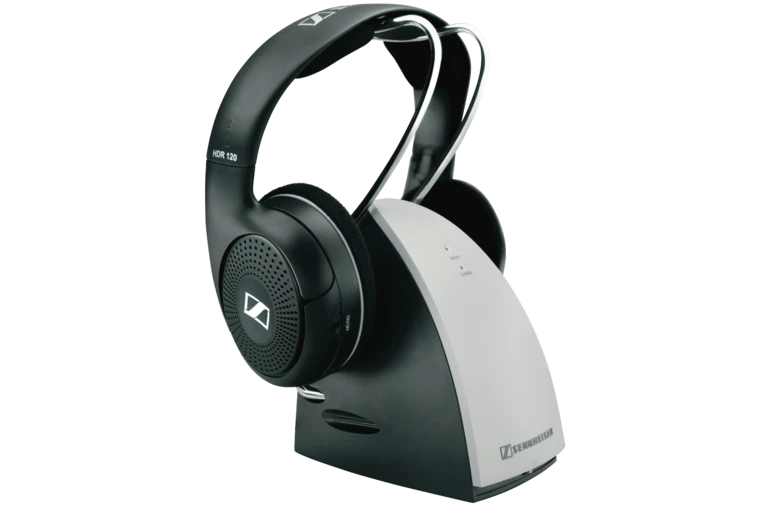Watching the TV with ALDs
An ALD (Assistive Listening Device) is any device that can be used to enhance sound either:
- with a hearing aid to improve your outcomes, or
- instead of a hearing aid for people with dexterity of cognitive limitations, or if you just don’t want a hearing aid but need some help.
1. ALD options without hearing aids
Personal Amplifiers
These work just like hearing aids with a microphone and amplifier and can be attached to an output such as speakers, headphones, earphones or a neckloop. Sound is picked up by the microphone, made louder and then played into your ear. They are simple to use and can be used with a variety of hearing levels.

These ALDs aren’t fitted to your personal prescriptive needs for your hearing loss, but can be of use if you have dexterity or cognitive issues. While wearing one of these you can hear the TV louder and adjust your personal volume control. This means listening at your comfort level and not disturbing others who are in the same room or setting it too loud for those who are watching TV with you. There are many different brands of Personal Amplifiers and each offer slightly different features so it’s worthwhile doing a bit of research if you think this type of ALD is for you.
TV headsets
There are a variety of TV headsets through which you can watch your favourite shows, at a volume level to suit your needs. Some work with an infrared system (such as Sennheiser brand) and others work via Bluetooth streaming. The infrared system utilises an infrared (IR) radiator transmitter which is connected to an IR headset receiver.

The electrical signal is picked up from the TV and sent to a modulator which readies the signal for the IR transmission. The signal is then sent to the radiator which produces an invisible IR light that radiates around the room. Your headset then picks up the signal for you to hear.
These headsets are specifically designed for people with hearing loss as they have an inbuilt intelligibility mode. This reduces background noise and enhances speech intelligibility. You can personalise your listening by choosing the setting that is best adapted to your hearing acuity – there are seven separate profiles. You can adjust the balance and volume separately in each ear. There is a Music Mode that increases the dynamic range of the sound, preserving its quality at higher volumes.
Headsets with Bluetooth will stream sound from the TV directly to your ears. These provide excellent sound quality but are reliant on good Bluetooth connectivity and require a TV with Bluetooth technology.
If you don’t like the idea of wearing headphones while watching TV, there are systems available to be worn with earphones. These are generally lighter and simpler to use when compared to the headphone set, and give the same sound quality.
Captioned TV
Having your television programs ‘captioned’ can also help you follow what is being said. Captioned TV can be used with or without hearing aids. Both the dialogue and any important background noise is captioned, so you won’t miss any laughter, mood music or environmental sounds that are pivotal to the plot. Australian legislation requires all free-to-air news programs to be captioned. All programs in English on the primary TV stations must be captioned if they are screened between 6am and midnight.
2. ALD options with hearing aids
Loop systems
If your hearing aid has a Telecoil program (read the article Telecoil – the first hearing aid wireless system for more information on this technology) you can get extra assistance with ALDs for the TV via a loop system. The ‘neckloop’ is an example of this Telecoil technology.

As the name suggests a loop is placed around your neck and via magnetic induction, connects to your hearing aid. There are no cables attached to the hearing aid or the TV. These systems provide increased volume and clarity through the neckloop, with the sound being sent directly to your hearing aids, which are set to your specific hearing prescription. The sound quality in these compared to headphones and earphones is much better with improved speech discrimination due to the technology in the neckloop working with the technology in your hearing aid.
You may also find that Bluetooth connectivity in your hearing aids assists with TV listening. Generally you will need an intermediary device to stream your television programs. This device will relay the signal directly to your hearing aids. FM systems can also be used in the same way by sending the TV signal to your hearing aids.
So if television isn’t giving you the enjoyment it once did – you’re mishearing or missing important parts of your programs – perhaps an ALD will bring back your entertainment enjoyment of this medium.
Need Help Finding Hearing Aids?


